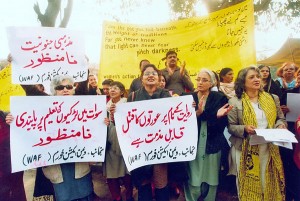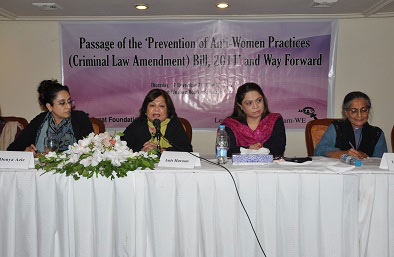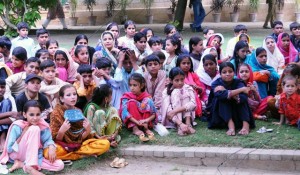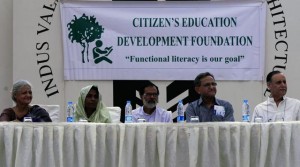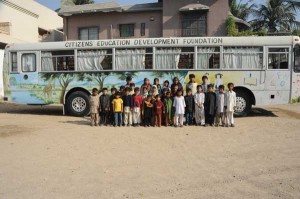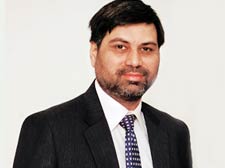
It was Saleem Shahzad’s dedication to investigative reporting and his fascination for the crime-beat that foremost stands out in my memory. Come evening and the slender young man, then working for the affiliate Star newspaper, would enter the Dawn reporters room to compare notes with the crime reporter. His style was single-minded and purposeful – rechecking facts to supplement hours of news gathering for the next day’s paper.
Some 20 years later I saw him again on television. To my shock and horror, his face was mutilated and eyes punched in. It was a stark message, made even more brutal because of its bold display by the electronic media. Investigative journalists who dared report on the murky links of militant outfits in Pakistan, would meet the same fate. The intrepid journalist was not unaware of the dangers. Human rights groups told that for the two days he went missing last May, he had informed them of threats received from the state agencies.
It was a time of flared tempers in Pakistan. On May 1, US Navy Seals had secretly descended in Abbotabad to pick up Al Qaeda’s number one, Osama Bin Laden – found living near a military academy. Unruffled by the international embarrassment caused to Pakistan by that incident, Saleem went on to report on the attack carried out on Mehran Naval base in Karachi – naming ex naval officials for their alleged links to the militants.
His professional development had taken him from being a crime reporter to an international expert on proliferating militant outfits in the region. He had inside information on how Uzbek war lord Tahir Yuldeshev had grown influential within Pakistan – acting on behalf of Al Qaeda to cement the Tehrik-i-Taliban Pakistan. It was material that Saleem gathered for his book `Inside Al Qaeda and the Taliban,’ – which would provide encyclopedic knowledge on the post 9/11 scenario in the region.
Being an insider, Saleem hobnobbed with militants in a manner that invited real dangers. In 2006, he was kidnapped by the Taliban in Afghanistan and almost killed on charges of being a spy. When he returned and told me why he had been incommunicado, I called out to him to be careful. He laughed and said, “nothing will happen.”
Saleem’s murder would have a palpable effect on colleagues. As news came in that his tortured body had washed up on the banks of Mandi Bahauddin (some 80 miles from Islamabad) my colleagues told me in hushed tones about an incident that had clearly hurt close to home.
Then, Pakistan’s vibrant media went into action, mobilizing a Tsunami of support to demand that Saleem’s killers be exposed. They held a sit-down strike in Islamabad – dispersing only until the government promised to set up a commission to get to the bottom of who kiled Saleem Shahzad
Eight months later the commission, led by a Supreme Court judge has delivered its verdict. But, despite 41 witnesses, hundreds of e-mail and phone messages, the 146 page report says it was unable to identify the perpetrators of the crime. Instead, it has called on the Islamabad and Punjab police to continue searching for those responsible.
While the similarities between slain US journalist Daniel Pearl and Saleem Shahzad are unmistakable, the differences have grown even more stark. While Pearl’s killers were exposed and some brought to trial, in Saleem’s case no one has even been identified – let alone punished.
Indeed, no sooner had the commission failed to pinpoint to the accused, when a reporter working for US media – Mukarram Khan Atif – was shot and killed in Khyber Pakhtunkhwa. It gave ammunition to journalist bodies to criticize the commission for its failure to name names in Saleem’s murder.
Bottom line. The commission’s recommendation that there should be “greater oversight of secret service agencies,” is as current as the clash between military and civilian institutions being played out today… and as age-old as the problems that have plagued Pakistan from its inception.



